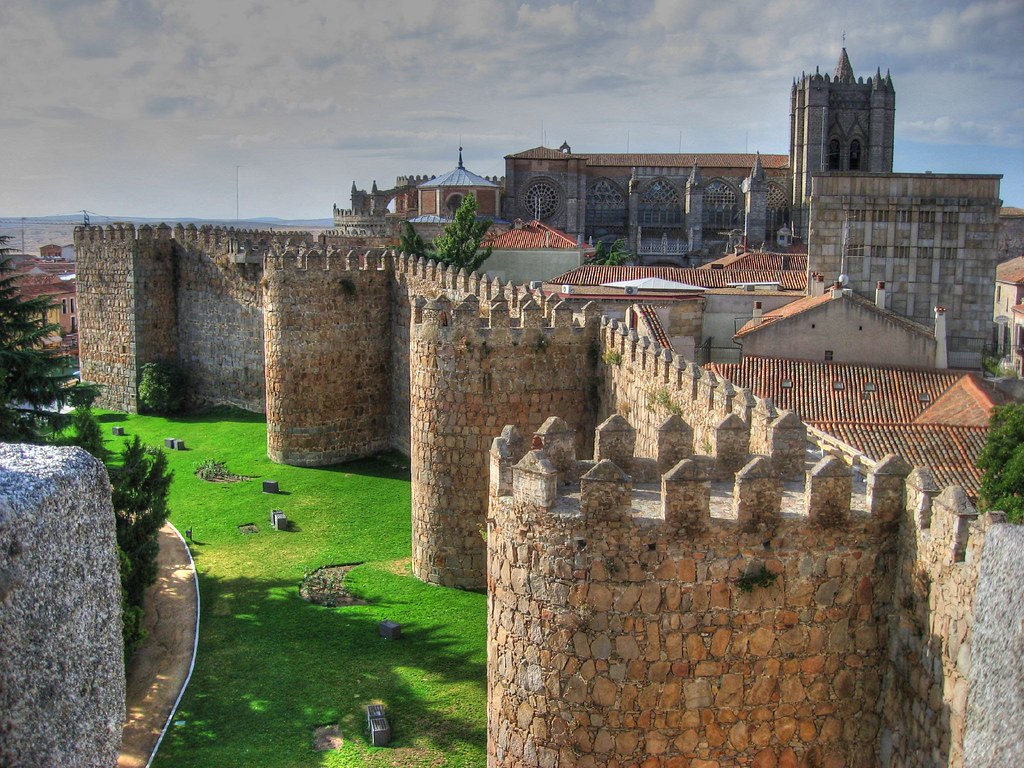
Revellers at a bar close to where a runaway train carrying crude oil came off the rails and exploded are feared to be among the dead.
Five people were killed and around 40 remain unaccounted for after the unmanned 73-carriage freight train crashed at around 1am local time on Saturday in Lac-Megantic, near Quebec, in Canada.
Prime Minister Stephen Harper likened the scene to a "war zone", while witnesses described how flames engulfed the popular Musi-Café, which was only a few metres from the scene.
The nightspot was packed with about 60 people, including a group of 20 who were celebrating a birthday.
Bernard Théberge was on the patio in front of the café smoking a cigarette when he heard the train and knew instantly that something was wrong, according to The Globe And Mail.
The 44-year-old, who suffered second-degree burns, said: "It was going way too fast. I saw a wall of fire go up. People got up on the outside patio. I grabbed my bike, which was just on the railing of the terrace.
"I started pedalling and then I stopped and turned around. I saw that there were all those people inside and I knew right away that it would be impossible for them to get out. Smoking saved my life."
Bar owner Yannick Gagne left the venue shortly before the explosion and received a call from one of his waitresses who was trapped inside.
He told the National Post: "She was screaming that there was fire everywhere. I didn't understand. I said 'Get out of the restaurant. Leave everything there. It's okay. We’ll gather things tomorrow and lock up later'."
Although she managed to escape, three other waitresses and one singer who were inside at the time have not been heard from.
"They won't find anyone alive. It's impossible. People are waiting for news, but a fire at that temperature, nothing remains. It melts cars," said Mr Gagne.
Jacques Bolduc and Solange Gaudreault's 23-year-old son, Guy Bolduc, was performing at the bar that night.
Mr Bolduc told Radio-Canada: "Our boy wanted so much to live. The police told us there is no hope. The train exploded 30 feet from the (Musi-Café) bar."
Quebec provincial police sergeant Benoit Richard said only a small part of the devastated scene had been searched as firefighters made sure all the flames were out.
A coroner's spokeswoman said it might not be possible to recover some of the bodies because of the intensity of the blasts
All but one of the train's tanker cars were carrying oil when they somehow came loose, sped downhill nearly seven miles into the town near the Maine border, derailed and began exploding one by one.
Mario Ducharme, 38, who had been visiting a friend at his home close to the café, told the National Post: "I thought it was the end of the world. We could hear the train cars cracking from the heat."
The Canadian Prime Minister visited the area on Sunday and said: "his is an unbelievable disaster.
"This is an enormous area, 30 buildings just completely destroyed, for all intents and purposes incinerated. There isn't a family that is not affected by this."
About a third of the community of 6,000 people were forced out of their homes.
Fears remain over two oil-filled train cars at the scene. They were being doused with water and foam to keep them from overheating.
The oil was being transported from North Dakota's Bakken oil region to a refinery in New Brunswick.
Because of limited pipeline capacity in the Bakken region and in Canada, oil producers are increasingly using railroads to transport oil to refineries.
The Quebec disaster is the fourth freight train accident in Canada under investigation involving crude oil shipments since the beginning of the year.
Transportation Safety Board investigator Donald Ross said the black box of the locomotive has been recovered, but officials have not been able to access much of the site.
Monday 8 July 2013
http://news.sky.com/story/1112847/canada-train-explosion-bar-goers-feared-dead







